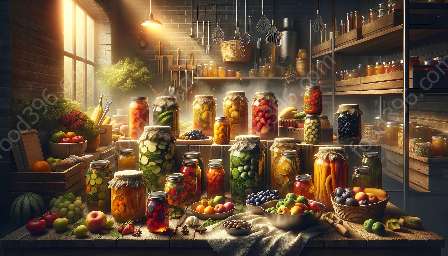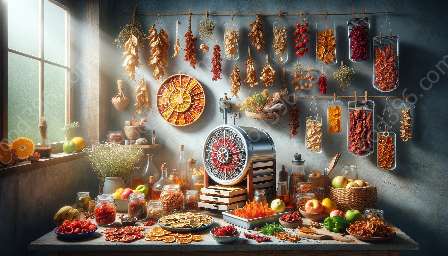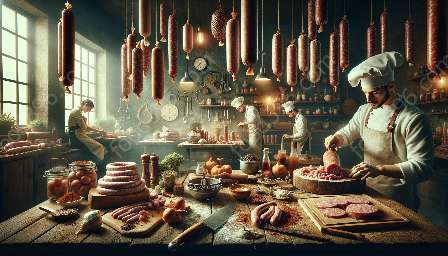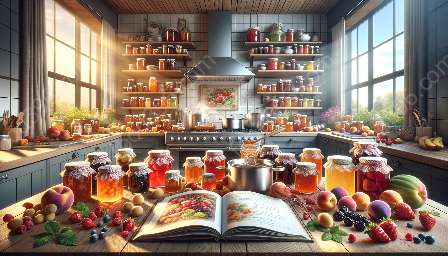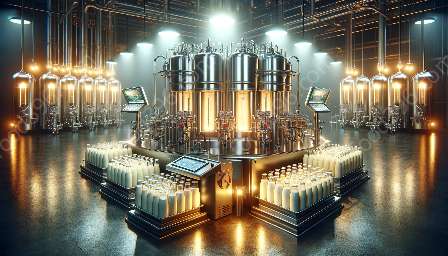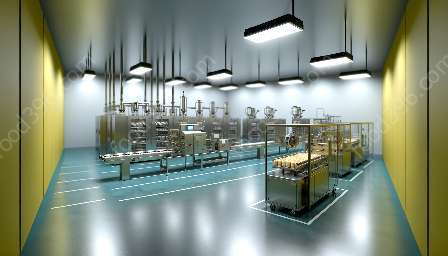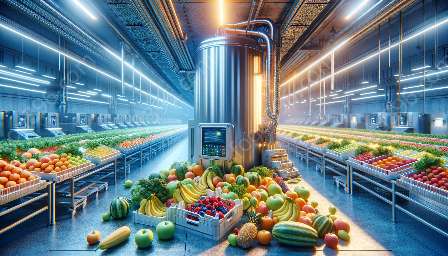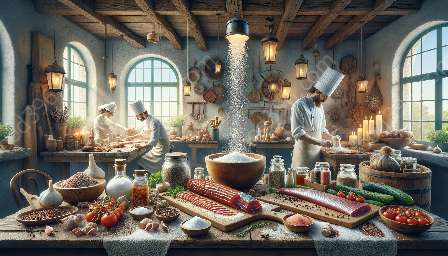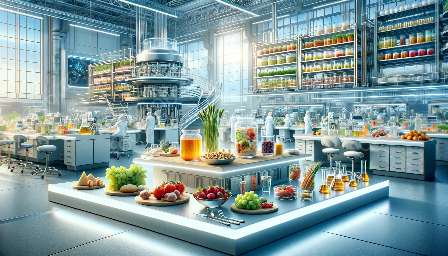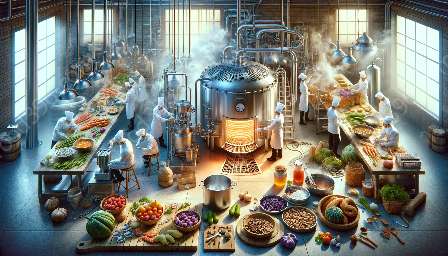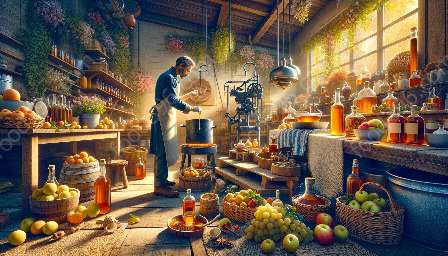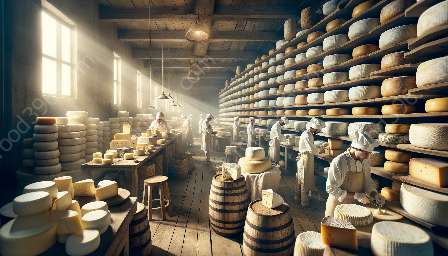Canning and bottling are traditional methods of preserving food and beverages, essential techniques in the food and drink industry. These practices enable food to be stored for extended periods while retaining its flavor, nutrients, and safety. Both methods involve sealing food and drink products in containers, such as cans or bottles, to create a vacuum that prevents spoilage and preserves freshness.
Furthermore, both canning and bottling play a crucial role in ensuring food security, minimizing food waste, and providing consumers with access to a wide variety of preserved food and drink products. The techniques also contribute to the economic sustainability of the food industry by allowing seasonal produce to be preserved and consumed year-round.
Bottling Techniques: A Detailed Insight
Bottling is an integral part of food preservation and processing, particularly for beverages such as juices, soft drinks, and alcoholic drinks. The bottling process involves several key steps, starting with the selection of suitable bottles and closures, such as caps or corks, to ensure a proper seal.
Once the containers are chosen, the product is carefully filled into the bottles. Depending on the type of beverage, this may involve pasteurization to extend shelf life or cold-filling to preserve delicate flavors. After filling, the bottles are sealed, labeled, and packaged for distribution.
One of the critical aspects of bottling is maintaining hygiene and cleanliness throughout the process to prevent contamination and ensure product safety. Quality control measures, such as regular equipment maintenance and thorough sanitation practices, are essential for producing high-quality bottled products.
Canning Techniques: The Art of Food Preservation
Canning, on the other hand, is primarily used for preserving solid or semi-solid food products, including fruits, vegetables, meats, and soups. The process involves placing prepared food into jars, which are then sealed using heat to destroy any microorganisms that could cause spoilage.
The most common canning method is water bath canning, suitable for high-acid foods like fruits and pickles. Pressure canning, which uses high pressure and temperature, is used for low-acid foods such as vegetables, meats, and soups. Both methods effectively eliminate bacteria, enzymes, and molds, preserving the food for long-term storage.
Connection to Food Preservation & Processing
Bottling and canning techniques are closely connected to the broader concept of food preservation and processing. These methods enable food producers to extend the shelf life of their products, allowing them to reach consumers in distant markets and reducing the need for artificial preservatives. Moreover, they permit the preservation of seasonal produce, minimizing food waste and supporting sustainable agriculture.
Food preservation and processing are crucial components of the food industry, encompassing various techniques such as dehydration, freezing, and fermentation, in addition to bottling and canning. These methods not only improve the accessibility and availability of a wide range of food products but also help maintain food safety and quality standards.
Impact on the Food & Drink Industry
The impact of bottling and canning techniques on the food and drink industry is profound. These preservation methods have revolutionized the way food products are distributed and consumed, empowering consumers to enjoy fresh, high-quality foods at any time of the year.
For the food and drink industry, bottling and canning have opened up new opportunities for product innovation and diversification. With an array of preserved products, including jams, sauces, pickles, and condiments, producers can cater to diverse consumer preferences and create value-added offerings.
Conclusion
Bottling and canning techniques are indispensable tools for food preservation and processing, offering a myriad of benefits for consumers, producers, and the food and drink industry. By understanding the nuances of these methods, entrepreneurs and food enthusiasts can explore creative avenues to develop their own bottled and canned products, contributing to the rich tapestry of culinary experiences.
Overall, the integration of bottling and canning with food preservation & processing and the broader food & drink industry exemplifies the harmonious relationship between traditional methods and modern culinary trends, ensuring a sustainable, flavorful future for food and beverage enthusiasts worldwide.
